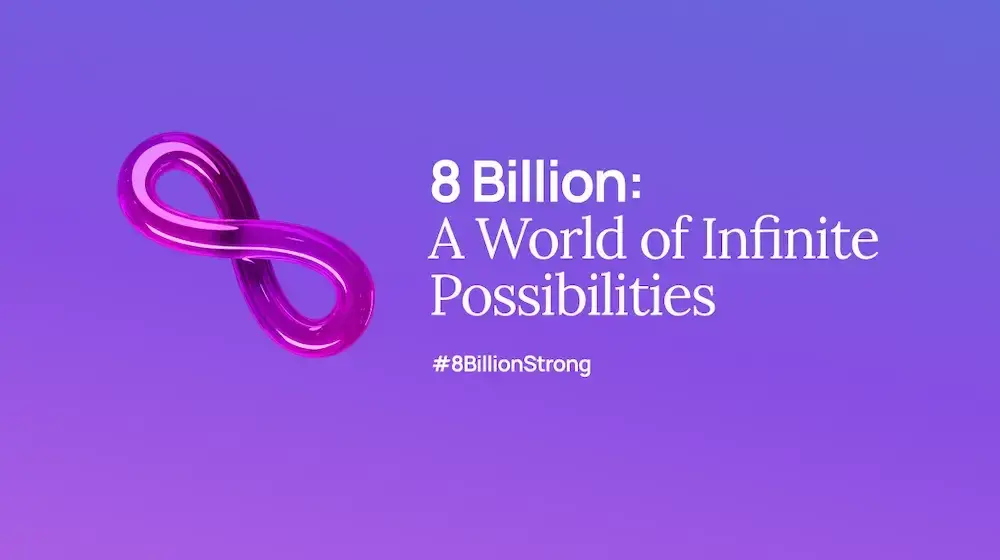In June this year, the 'world' will meet in Brazil for the United Nations Conference on Sustainable Development or Rio+20 – twenty years after the Earth Summit in Rio where countries adopted Agenda 21, a blueprint to rethink economic growth, advance social equity and ensure environment protection.
It will be one of the most important global meetings, UN Secretary General Ban Ki-moon says.
He adds the vision of those who will attend the meeting must be clear: "A sustainable green economy that protects the health of the environment while supporting achievement of the Millennium Development Goals (MDGs) through growth in income, decent work and poverty eradication."
The statement by the Secretary General encompasses the areas of concern and work of UNFPA, the United Nations Population Fund – in fact the MDGs were partly modeled on the UNFPA Program of Action adopted at the 1994 International Conference on Population Development (ICPD) in Cairo, which guides the organization's work.
Population growth and its implications are at the heart of the concept of sustainable development which is defined as "development that meets the needs of the present without compromising the ability of the future generations to meet their own needs."
In October last year, the world reached the seven billion mark in terms of population growth; medical advances have ensured we are living longer as human beings and this has been rightly acknowledged by Fiji as the first Pacific island nation to launch an ageing policy.
Another important consequence of an increasing population is its impact on the environment.
Demographic indicators published in mid-2002 suggest that by 2025, Fiji's population is expected to be one million – this is based on fertility rate (average number of children a woman can have during her child-bearing years, 15-49 years), mortality and migration.
An environmental indicator at the time already placed threatened and endangered species at 26 for animals and 65 for plants. When you translate these to food sources and herbal medication, it can be an alarming prospect.
Demands for water, trees, food and fossil fuels will only increase as world population grows. Human activity has altered every aspect of our planet, including its climate. Shortages of clean water and arable land are already a problem while species loss continues. The resilience of ecosystems – from fisheries to forests – is threatened.
Impoverished people who contribute the least to climate change are likely to suffer the most from its effects – drought, floods, heat waves, tornadoes and other extreme weather disasters – and many will seek a better future elsewhere. Worldwide, some 884 million people have no access to safe drinking water and 2.6 million lack accesses to basic sanitation services such as latrines and toilets.
Last month, the National Science Foundation published the discovery of the first marine disease caused by humans which is 'proving fatal for Elkhorn coral in Florida'. The disease is white pox which causes a slowing of growth followed by white patches of tissue loss that occurs all over the coral colony. "This is the first example of a human pathogen infecting a marine organism," biology professor Kathryn Sutherland said.
This does not only say a lot about how inextricably linked we are but also a reminder of the potential destructive impact hidden in some of the ways we have been doing things.
For Pacific island countries, another emerging issue which is already being felt is land-use. Meeting the needs of a growing population frequently requires some form of land-use change such as clearing forests for food production.
Deforestation could lead to flooding and species loss or increased agricultural activities leaving cancer-causing remnants of fertilizers that find its way into our water tables.
UN Population Division projections suggest a global count range of between 7.3 billion to 10.7 billion by 2050. Natural resources are already strained and based on these projections, the 21st century will witness greater pressure.
There is hope if recent trends of a slowing global growth rate remain; ideally the world population would peak earlier and at a lower level than initially projected, but for this to happen, family planning and related services must be available to all those who want them; that policymakers acknowledge and facilitate more girls attending and remaining in schools longer; and that more women enjoy the same socio-economic opportunities men enjoy.
Population and lifestyle play a critical role in the state of our environment, which is inextricably linked to how we respond to societal issues like poverty eradication. Population impacts the availability of natural resources – as it is, most of our world's fisheries have been fished to their maximum.
Population policies are as critical to governance as they are to the protection and accessibility to land for food production. A healthy environment is paramount to developing poor nations. They will also be critical for sustainable development in the true sense of the phrase: we use only what we need for we must ensure those who follow us will have enough.
Rio+20 represents a global platform to brainstorm local actions that can make a difference to our lives as world citizens. Actions to allow us to respond effectively to global situations like: 1.4 billion people presently live on $1.25 a day or less; one billion do not have access to electricity; 2.5 billion do not have toilets; and almost one billion go hungry daily.
Albert Einstein once said: "The world as we have created it is a process of our thinking. It cannot be changed without changing our thinking." For our collective wellbeing, perhaps it is time to change our thinking, particularly in terms of the population and environment link.
This story was first published in Fiji Times.
– Dirk Jena




